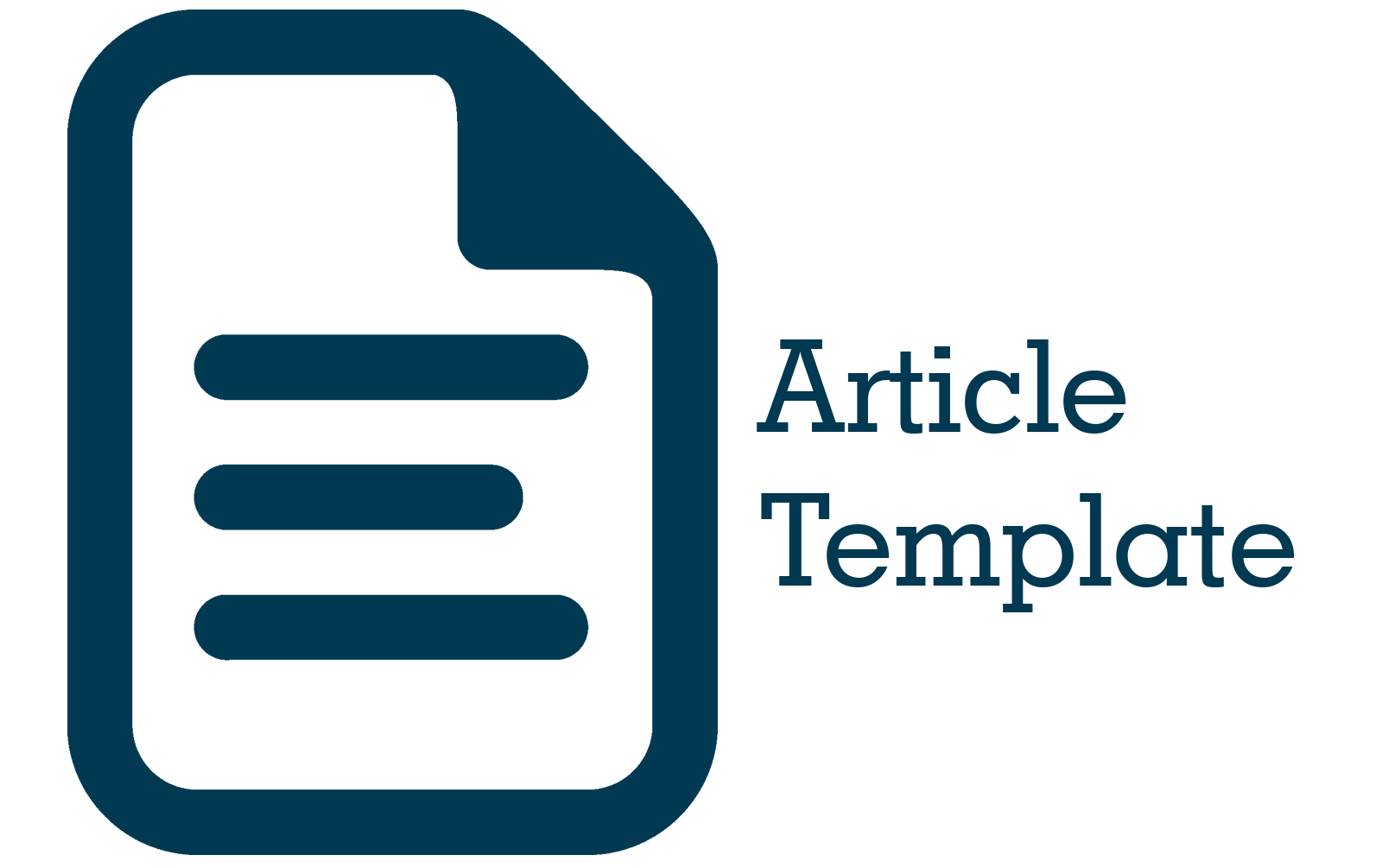Penerapan Metode Bayesian Change Point dalam Menentukan Bahaya Gempa di Jawa Barat
Abstract
Abstract. Geologically, the area of Indonesia is prone to earthquakes, including the province of West Java, because it is located in the ring of fire and can cause severe damage, so Indonesia needs earthquake insurance. The Bayesian PSHA (Probabilistic Seismic Hazard Analysis) method can provide an assessment of the uncertainty of future earthquakes, by utilizing the prior distribution at the start of the analysis and the likelihood function is formulated into a posterior distribution to measure future observed data with uncertain parameters. The uncertainty in this research is time, taking into account the Bayesian Change Point (potential change in the rate of seismicity at that point in time). This Bayesian PSHA will produce seismic hazard values and combined with the Mean Damage Ratio (MDR) using the Yucemen method to generate insurance premiums. There were 25 earthquake events in West Java province in 2006-2021 around Kertajati Airport with coordinates 6.39'02° S, 108.10'10°E, depth of 100 km and radius of 300 km and there is a Bayesian factor of 0.0035 so that a change in the earthquake rate was identified between the 3rd and 4th incident, and the change in the earthquake rate occurred the day before the 4th incident, namely on July 17 2006 with an incident ratio rate of 0.7769. The seismic hazard value or earthquake hazard involving a Change Point for an intensity scale of 11 is 0.23%.
Abstrak. Secara geologi wilayah Indonesia rawan gempa bumi, termasuk provinsi Jawa Barat karena terletak pada kawasan cincin api (ring of fire) dan dapat menimbulkan kerusakan yang sangat parah sehingga Indonesia memerlukan asuransi gempa bumi. Metode Bayesian PSHA (Probabilistic Seismic Hazard Analysis) dapat memberikan penilaian ketidakpastian gempa di masa depan, dengan memanfaatkan distribusi prior pada awal analisis dan fungsi likelihood diformulasikan menjadi distribusi posterior untuk mengukur data yang diamati di masa depan dengan parameter yang tidak pasti. Ketidakpastiaan pada peneilitian ini yaitu waktu, dengan memperhitungkan Bayesian Change Point (potensi perubahan laju kegempaan pada titik waktu). Bayesian PSHA ini akan menghasilkan nilai seismic hazard dan dikombinasikan dengan Mean Damage Ratio (MDR) menggunakan metode Yucemen untuk menghasilkan premi asuransi. Terdapat 25 kejadian gempa bumi provinsi Jawa Barat tahun 2006-2021 yang berada di sekitar Bandara Kertajati dengan titik koordinat 6.39’02° S, 108.10’10°E, kedalaman 100 km dan radius 300 km dan terdapat faktor Bayesian sebesar 0,0035 sehingga terindentifikasi perubahan laju gempa antara kejadian ke-3 dan ke-4, dan perubahan laju gempa tersebut terjadi sehari sebelum kejadian ke-4 yaitu pada tanggal 17 Juli 2006 dengan tingkat rasio kejadian sebesar 0,7769. Nilai seismic hazard atau bahaya gempa melibatkan Change Point untuk skala intensitas 11 yaitu 0,23%.
References
Aykut, D. (2006). Estimation Of Earthquake Insurance Premium Rates Based On Stochastic Methods. In Middle East Technical University. Middle East Technical University.
Baker, J. W., Bradley, B. A., & Stafford, P. J. (2021). Seismic Hazard and Risk Analysis. In Cambridge University Press. Cambridge University Press. https://doi.org/10.1016/c2013-0-11297-4
Baker, J. W., & Gupta, A. (2016). Bayesian Treatment Of Induced Seismicity In Probabilistic Seismic-Hazard Analysis. Bulletin of the Seismological Society of America, 106(3), 860–870. https://doi.org/10.1785/0120150258
Else, T. E. (2017). Studi Percepatan Tanah Maksimum Menggunakan Metode Probabilistic Sesimic Hazard Analysis (PSHA) Di Kabupaten Bone Sulawesi Selatan. In Universitas Hasanuddin. Universitas Hasanuddin.
Gupta, A., & Baker, J. W. (2015). A Bayesian Change Point Model To Detect Changes In Event Occurrence Rates, With Application To Induced Seismicity. 12th International Conference on Applications of Statistics and Probability in Civil Engineering, ICASP 2015.
Kramer, S. L. (1996). Geotechnical Earthquake Engineering (p. 376). Prentice-Hall Internasional Series.
Pailoplee, S., & Palasri, C. (2014). CU-PSHA: A MATLAB software for Probabilistic Seismic Hazard Analysis. Journal of Earthquake and Tsunami, 8(4). https://doi.org/10.1142/S1793431114500080
Putri, A., Purwanto, M. S., & Widodo, A. (2017). I Jalur Sesar Kendeng. Geosaintek, 03(2), 107–114.
Safii. (2018). Badan Geologi Sudah Petakan Seluruh Wilayah Rawan Gempa Di Indonesia. Kementrian Energi Dan Sumber Daya Mineral. https://www.esdm.go.id/id/media-center/arsip-berita/badan-geologi-sudah-petakan-seluruh-wilayah-rawan-gempa-di-indonesia
Susilo, A., & Adnan, Z. (2013). Probabilistic Seismic Hazard Analysis of East Java Region, Indonesia. International Journal of Computer and Electrical Engineering, 5(3), 341–344. https://doi.org/10.7763/ijcee.2013.v5.728
Fatmawati and N. A. K. Rifai, “Klasifikasi Penyakit Diabetes Retinopati Menggunakan Support Vector Machine dengan Algoritma Grid Search Cross-validation,” Jurnal Riset Statistika, pp. 79–86, Jul. 2023, doi: 10.29313/jrs.v3i1.1945











